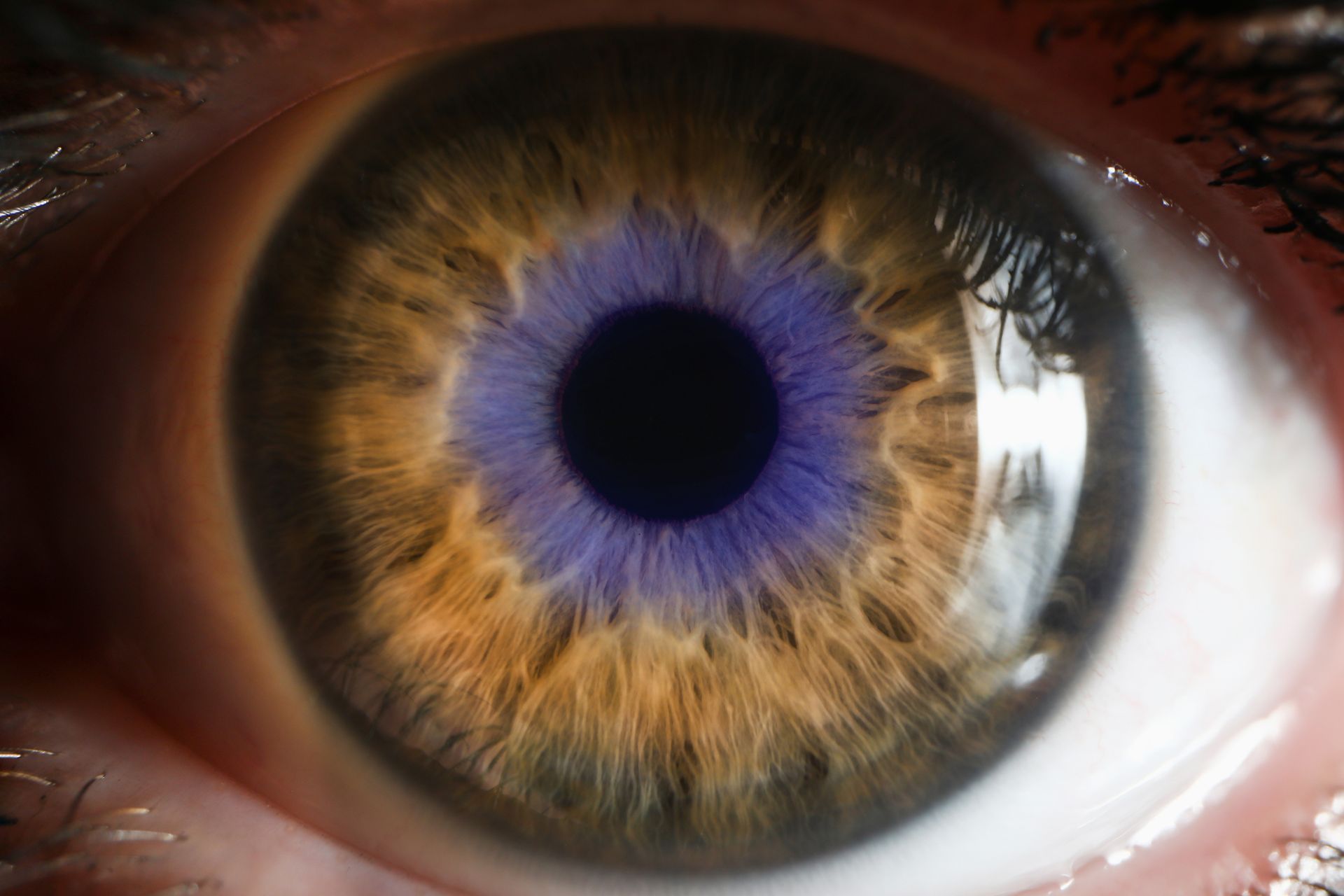Peripheral Vision Loss – What It Could Mean

If you’ve noticed your side vision isn’t what it used to be, it could be more than just tired eyes. Loss of peripheral vision, also known as tunnel vision, can be a sign of several underlying eye or neurological conditions. Some of these can be urgent, and many can be managed more effectively if picked up early.
Common Causes of Peripheral Vision Loss:
- Glaucoma; The most common cause; it damages the optic nerve over time.
- Retinal detachment; A medical emergency that can cause shadowing or curtain-like vision.
- Stroke or brain injury; May affect the visual processing pathways.
- Diabetic retinopathy; Especially in the more advanced stages.
- Inherited conditions, like retinitis pigmentosa.
What Should You Do?
A comprehensive eye exam is the best place to start. At VISION Michael Hare Optometrists, we assess your visual field using automated perimetry and examine the retina and optic nerve with ultra-wide field retinal scans and OCT.
If needed, we’ll refer you for further neurological or medical investigation.
Early Detection = Better Outcomes
Many conditions that affect side vision progress slowly and silently, so don’t wait for symptoms to worsen. The earlier we catch these issues, the better the chance of managing them effectively.
Book an eye test at VISION Michael Hare Optometrists today. We’re here to help you protect the whole picture, not just what’s straight ahead.
Related Articles:
→ Glaucoma: The Sneaky Eye Disease
→ Blurry Vision: Sudden or Gradual?
→ Eye Injury: What to Do
References:
- Keel S et al. National Eye Health Survey. British Journal of Ophthalmology. 2019.
- Tham YC et al. Global burden of glaucoma and visual field loss. Ophthalmology. 2014.
- Optometry Australia. Eye Health Guidelines. 2023.

The New Invisible Hearing Solution: Nuance Audio - now available at Vision Michael Hare Optometrists










